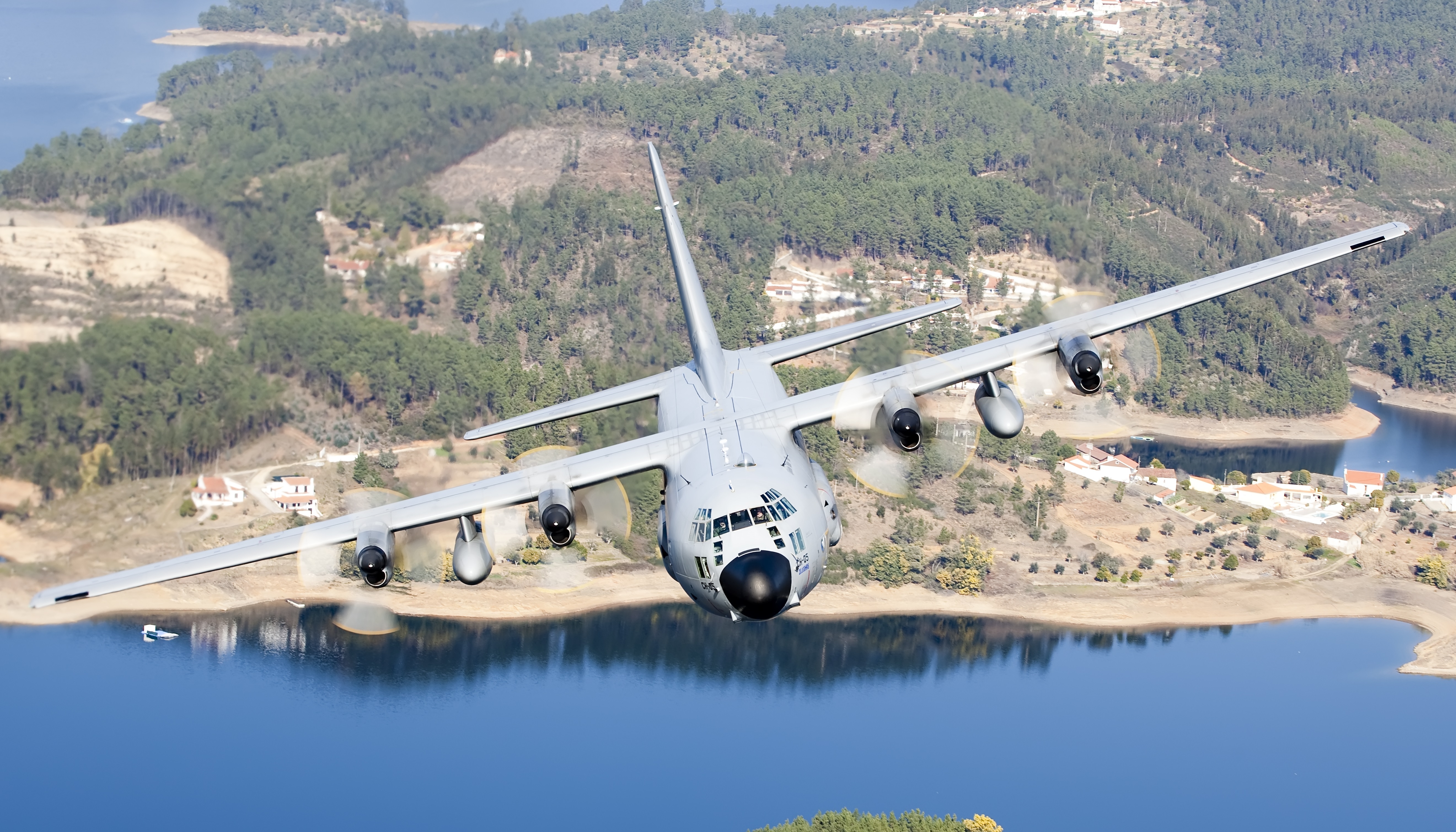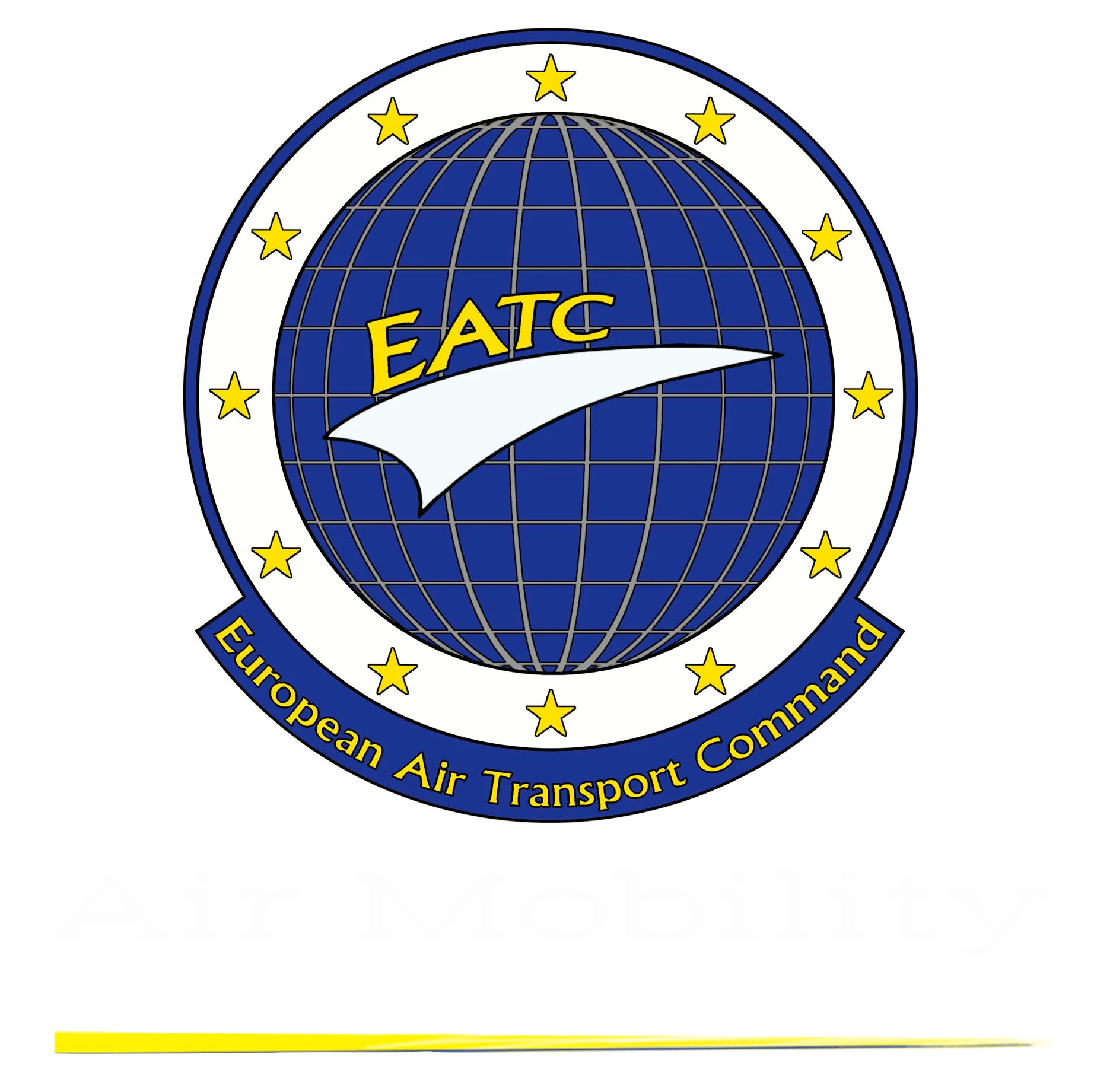30.11.2018
EATC’s OM is a comprehensive set of ten books. Each book is meant as an autonomous volume, while in the same time all ten books are interlinked.
The books are in different stages of development : some are finalized and being reviewed on a regular basis, others are being elaborated, while a few still need to be engineered. The OM is a living document and EATC is constantly developing, updating and enhancing the document in close cooperation with its member nations. The objective is to have a common regulation. The arrival of the A400M pushes the development further as the aircraft are to be operated in the same way and the crews are trained according to a single standard procedure.

Subpart A (OM-A): day to day flight operations for the EATC fleet The latest version of the OM-A was published in 2017. All EATC nations have approved OM-A, but not all sections are applicable to all fleet, as for example, the legacy fleet (C-160, C-130H) where a national OM-A is applicable. The basis is the European Common Regulation (EU) 965/2012 (air operations).
The OM-A’s chapter on “Flight Duty Regulation” is of utmost importance to EATC’s planning and tasking branches. The planners also apply the “Operating Procedures” containing information on mission preparation and airport suitability – items that the flight crew will use and apply. The chapter regarding the “Dangerous Goods and Weapons” has a direct link to the OM-H. Other interested sections are more oriented to the crews and executing agencies, such as “Crew Composition” or “Crew qualification”.
Subpart B (OM-B): aircraft operating matters Aircraft operating matters are fully in the hands of the executing agencies as they have the specialists in house. Today, considering the many different aircraft configurations, the member nations are sole responsible to keep the documentation up to date. Nonetheless, for the A400M, EATC will play a coordinating role to ensure the documents will be the same for the whole fleet. EATC is in particular interested in common flight documentation in order to make common training easier and, in the end, to make ad-hoc exchanges between crew members possible.
Subpart C (OM-C): information on the intended routes and aerodromes OM-C might be developed along the lines of the hubs and shuttle systems that EATC currently elaborates. Other information that could be collected : national information where sharing will benefit all nations.
Subpart D (OM-D): training together with one set of standard The current version was promulgated on 01 Aug 2017. A review is scheduled to overhaul for consistency and clarity. The development of OM-D is closely linked to the introduction of the A400M and to the will to have aircrew (pilots and loadmasters) trained along same standards.
The OM-D is divided in two parts:
- The logistical training defines how crew members get qualified to operate under OM-A.
- The tactical training defines how crew members get qualified to operate under OM-T. The initial text is now under review by the member nations.
Subpart E (OM-E): continuing airworthiness OM-E describes activities by the executing agencies to ensure the continued airworthiness of the assets assigned to them. OM-E is currently restricted to the only nation that published a national OM-E.
Subpart H (OM-H): the EATC Ground Operations Manual ! The current version dates from 01 Jan 2018. All EATC member nations implemented the EGOM. The EGOM is based on the IATA Ground Operations Manual and includes the IATA Dangerous Goods Regulations and the NATO AMovP-6 (Allied Multi-modal Transportation of Dangerous Goods).
Ground handling is not an integral part of a civilian OM. EATC however decided to integrate the EGOM into the OM, as ground handling, on the same level as flying, is part of the effective and efficient military air transport EATC is aiming for. The overall objective is that all users (load preparation units, handling personnel, crewmembers, passengers,…) work according to the same rules with the same documents. The EGOM offers chapters on passenger, baggage and cargo handling, but also on aircraft handling, airside security, and load control. The final chapter deals with communication processes (as linked to handling). This part of the document is not implemented yet, as the tools to support it have not yet been developed.

The introduction of the EGOM displays perfectly why EATC wanted to include the EGOM into the OM:
The designated Main Operating Base (MOB) of any EATC PN* can receive any cargo from any EATC nation, inspect and prepare it for air transport and subsequently load it onto any EATC plane without the support or help of the cargo sending nation or the nation that conducts the mission. When EATC starts operating from a multinational Forward Operating Base (FOB), the Combined Air Terminal Operations (CATO) should be carried out in the same way as it would be on a MOB and the number of personnel for this CATO only needs to be based on the expected workload with regard to number of aircraft to be handled and not on the type and nationality of aircraft.
Subpart O (OM-O): Operational Risk Management OM-O is currently under national staffing. The OM-O introduces a common approach to Operational Risk Management (ORM). Although ORM is a national responsibility, EATC, as the holder of OPCON*, needs to be aware of the national processes. This to allow an early warning if, during the mission planning stages, the risk is increasing beyond a certain level. The taskers can then adjust the mission profile. On the other hand, risk identification is the first step of any ORM process and one that is common to all nations. With that in mind, the common way of OM-O allows for easier exchange between the nations.
OM-O offers two templates to support the national ORM processes :
- for routine missions (i.e. everyday missions)
- for special missions
* The nations transfer authority of their assets to EATC who holds the operational control (OPCON)
Subpart K (OM-K): air-to-air refuelling OM-K is not developed yet. The objective is to have an equivalent to OM-A (day-to-day operations) and OM-T (theatre operations) for air-to-air refuelling missions, including ferry flights for fighters.
Subpart T (OM-T): theatre operations OM-T was staffed by the nations and is currently in the nationally implementation process. Flying within an established (operational) theatre, with different support and higher mission importance - and consequently different acceptable risks - is not the same as a so-called day-to-day mission. This is why, if needed, OM-T is written in a way that it can fully replace OM-A (used for day-to-day operations). It also allows OM-T to be based on a different set of regulations than OM-A, mainly using the NATO ATP document series as a source.
Subpart F (OM-F): flight operations (ground) OM-F is currently under development. It will contain all commonly executed tasks for preparing a flight, starting from the A400M Performance Engineering. At a later time, flight dispatch, electronic flight bag management, the use of flight planning tools, flight following and communication will be included.
If you have further questions, don’t hesitate to contact us : -for the OM in general except ground handling : employment@eatc-mil.com
-for ground handling :egom@eatc-mil.com
If you have a privileged access to the restricted EATC MEAT portal, you may download the OM directly (Documents/Operations Manual). All forms and templates are available for download as editable documents (Word, Excel, PDF Form)
